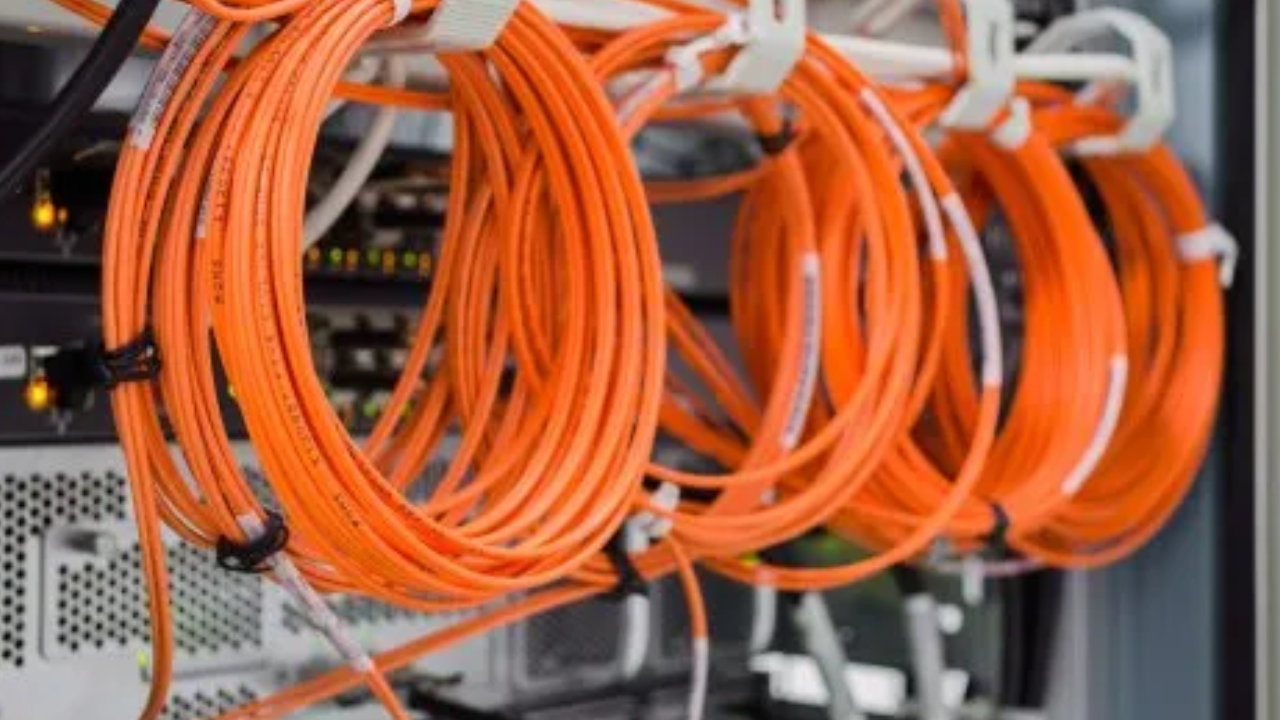The integration of fiber optic cables has become a transformational cornerstone, changing the way information is delivered and connections are made. Fiber cables, made of thin strands of glass or plastic fibers, outperform older copper-based cables. As organizations rely more on reliable and high-speed data transmission, the use of fiber cables has become synonymous with future-proofing building networks.
The use of fiber cables in building infrastructure represents a paradigm shift, answering the growing demand for capacity, dependability, and scalability. Follow the link for more information www.bonelinks.com. Unlike copper lines, fiber optics transfer data via light signals, allowing for quicker speeds and more bandwidth over longer distances. This technical leap improves the effectiveness of communication networks within buildings.
What Role Do Fiber Cables Play In Future-Proofing Building Infrastructure?
Fiber cables play an important role in future-proofing building infrastructure because they provide high capacity, quick data transmission, and scalability. Their ability to handle growing technologies guarantees that the building's connectivity stays strong and flexible to changing demands, making fiber optics a crucial choice for remaining ahead of the digital curve and supporting future advances in telecommunications and data transfer.
Recommendations for Choosing the Right Fiber Cables for Building Infrastructure
In today's ever-changing landscape of modern building infrastructure, selecting the proper fiber cables is a critical decision that directly influences network efficiency, stability, and future scalability. Understanding the key factors in fiber cable selection is becoming increasingly crucial as businesses and organizations rely on dependable connectivity to run their operations. This article aims to provide insight into the factors that should influence fiber cable selection for infrastructure projects.
Consider Bandwidth and Data Speed Requirements
When purchasing fiber connections, one of the most crucial elements to consider is the bandwidth and data speed requirements of the building architecture. Different fiber cables, such as single-mode and multi-mode, offer varying amounts of bandwidth. Single-mode fibers are best for long-distance applications requiring high bandwidth, whereas multi-mode fibers are better suited for shorter distances with intermediate bandwidth.
Evaluate Distance and Connectivity Requirements
The physical layout of the building and the distance between network endpoints are important considerations. Single-mode fibers are best suited for long-distance applications, such as big commercial buildings or campus environments. Multi-mode fibers, on the other hand, are less expensive at shorter distances, which are common in small to medium-sized buildings.
Choose the Right Fiber Cable Type
There are several varieties of fiber optic cables available, each designed to satisfy specific performance standards. Common varieties include tight-buffering, loose-tube, and ribbon cables. Tight-buffered cables are appropriate for indoor use and protect against environmental conditions. Loose-tube cables are preferable for outdoor installations because they protect against moisture. Determine the most appropriate cable type based on the environmental conditions and usage requirements.
Consider Fiber Cable Connectors and Termination
The connectors used with fiber cables are crucial to guaranteeing dependable connectivity. SC, LC, and MTP connectors are among the most common. LC connectors are compact and ideal for high-density installations, whereas SC connectors are commonly used in enterprise networks. MTP/MPO connectors are used for high-speed data transmission in applications such as data centers. Assess the building infrastructure's unique requirements to select the best connector type and termination method.
Evaluate Fiber Cable Construction and Durability
Fiber cables' structure and durability have a considerable impact on their long-term performance. Armored cables offer additional protection against physical damage, making them ideal for installations in tough environments or locations prone to disruptions. Interior cables with flame-retardant jackets are suitable for controlled interior environments. Understanding the potential dangers and environmental conditions within the building is critical for choosing cables that can resist any obstacles that may arise.
Future-Proofing With Scalability in Mind
As technology advances, building infrastructures must adapt to meet rising bandwidth and connectivity needs. Choose fiber cables that are scalable, allowing for future expansions and upgrades without requiring extensive reinstallation. Investing in cables that can handle increased data rates and future technologies results in a more cost-effective and long-lasting solution.
Compliance with Industry Standards
Check that the fiber cables you select meet industry standards and laws. Adherence to standards such as TIA (Telecommunications Industry Association) and ISO (International Organization for Standardization) is critical for ensuring the quality, performance, and interoperability of the cables selected. Compliance with standards also provides compatibility with a wide range of networking devices.
Remarks
The selection of fiber cables for building infrastructure is a strategic decision that must take into account a variety of considerations. Evaluating cable types, connectors, construction, and conformity with industry standards helps to improve the overall dependability and efficiency of the building's connectivity. By following these recommendations, stakeholders may ensure that the chosen fiber cables not only meet present requirements but also serve as a foundation for future resilient and adaptive building infrastructures.


